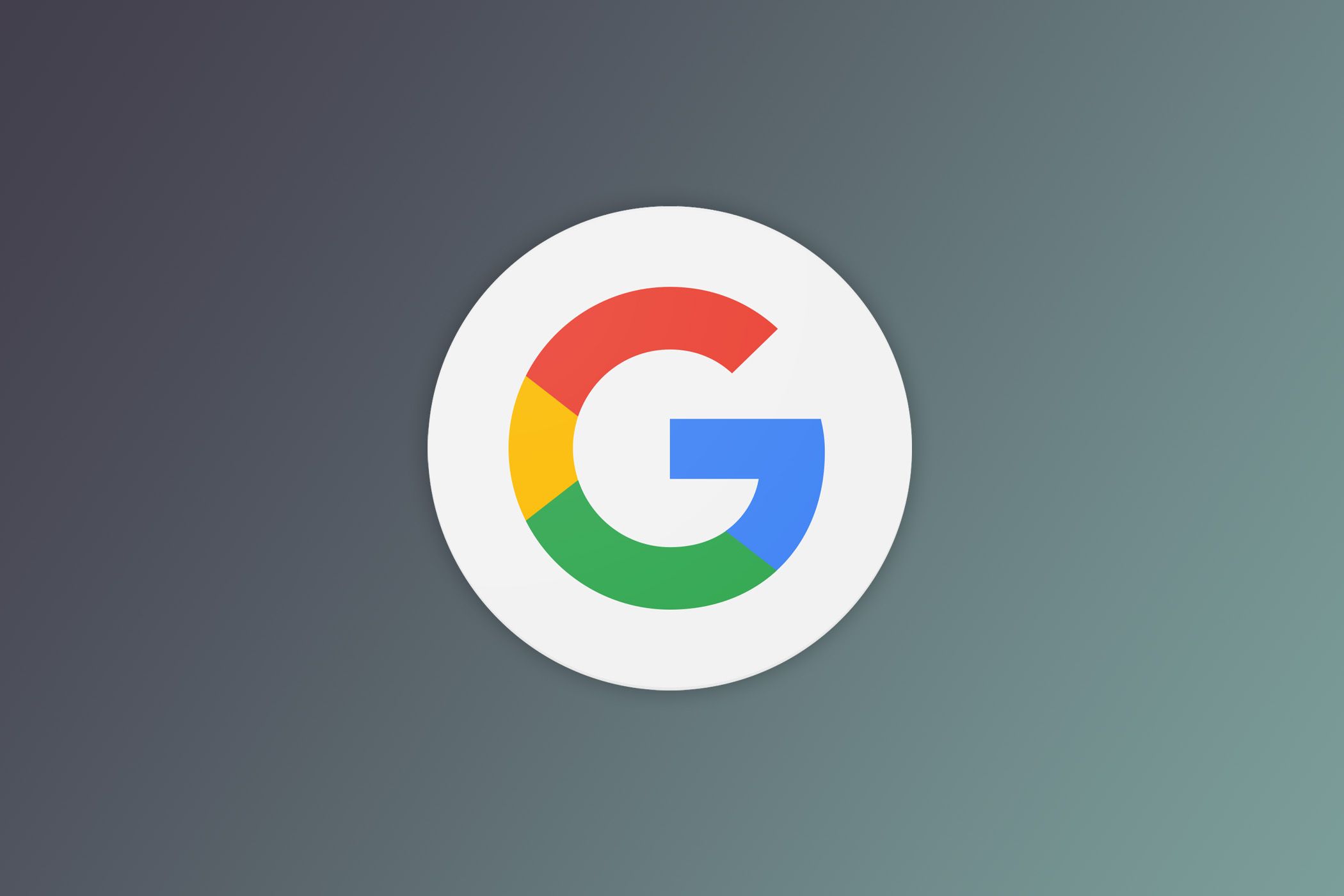Google's Search Generative Experience (SGA) can now create AI images based on Google Search queries. This is very similar to Bing's image-generating functionality—simply enter a prompt like "draw a chicken in the style of Van Gogh" into Google Search, and you'll be met with four AI-generated images. To enjoy this feature, you must opt into SGA through Search Labs.
This is a very intuitive take on AI image generation. If you use Google as your default search engine, you can type a prompt into your address bar and get immediate results. There's no need for a special webpage or subscription, and in some situations, you don't even need to think of a clever prompt. If Google detects that you're searching for photos, artistic inspiration, or other things that may call for a bit of AI magic, it will ask if you want to generate some images. You'll also see a "Generate" button crammed into some Google Images results.
Presumably, Google is using its Imagen text-to-image model to achieve this functionality. Imagen isn't the same thing as DALL-E, so there may be some value in jumping between Google Search and Bing when producing AI images. You may find that one model handles certain prompts or styles better than the other. Microsoft just rolled out DALL-E 3 image generation in Bing Chat and the Bing Image Creator, but not in the regular web search, which is what Google is trying to do here.
Along with image-generation functionality, Google Search can now create written drafts based on your search prompt. A simple prompt like "write a resignation letter" will do the trick, and you can refine the draft before importing it into Google Docs or Gmail.
These new AI tools are subject to Google's prohibitive use policy. The company says that it will block "harmful or misleading content" from being generated, and it will label all AI-generated images with identifying metadata. The long-promised About this Image tool is still in development, though. To test Google Search's AI features, opt into SGA through Search Labs—you can only opt in from the Chrome browser or the Google app on iOS and Android.
Source: Google
